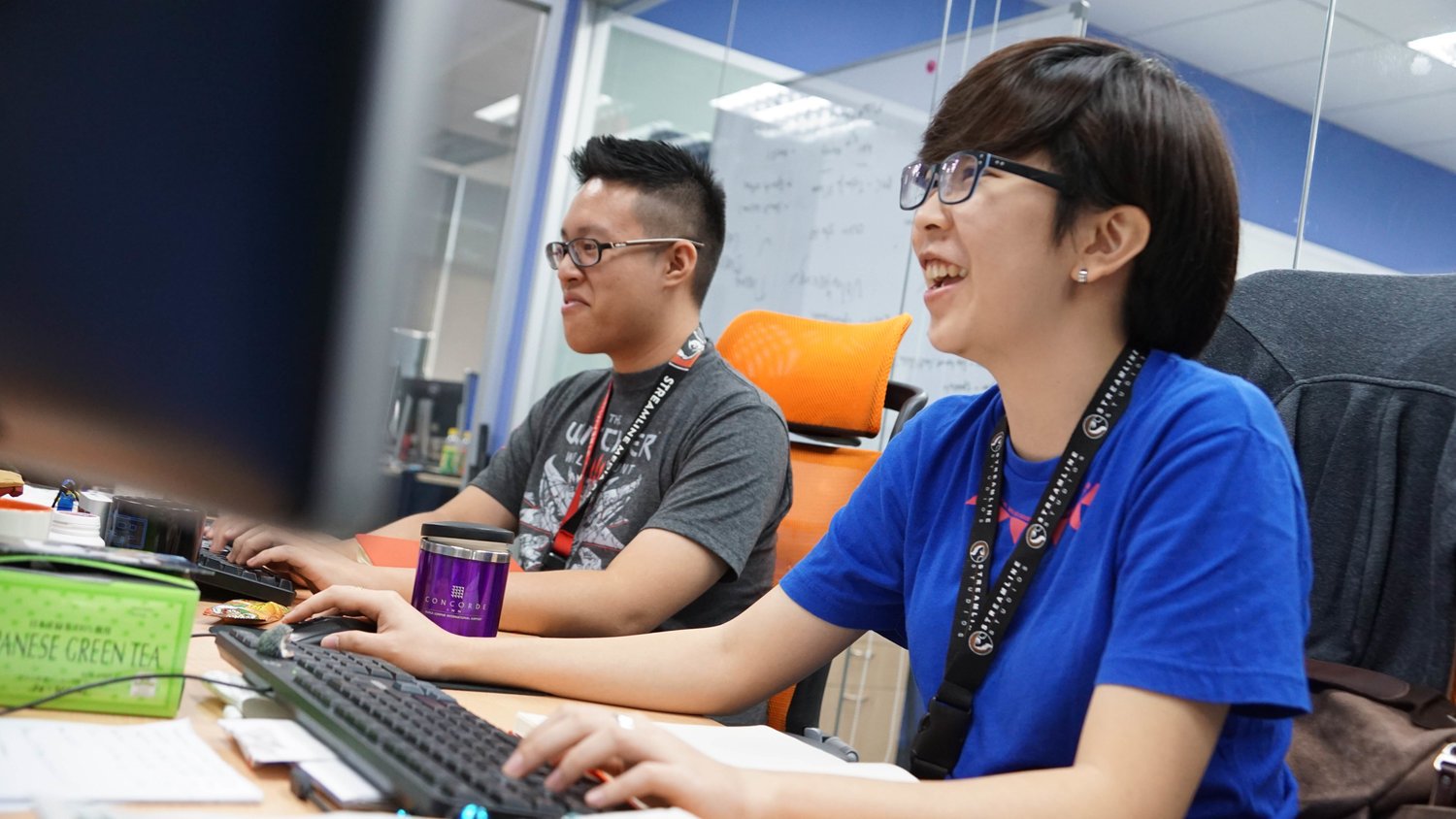Menu

In the last decade or two video games have risen to mainstream prominence as both a lucrative business and a viable career option. With the ever-increasing demand for content, most developers look to outsourcing and co-development partnerships to meet their needs.
However, these partnerships, if not done right, can lead to soured relationships at best and a failed product at worst. Here are some tips to help your co-development succeed (whether you are a developer or service provider):
1. Partnerships are built on equality
From the simplest of MNDA’s to massive publishing deals it is important that all parties feel that their interests are protected and more importantly respected. You should never be afraid to negotiate contracts if there are clauses that you don’t agree with or have no way of fulfilling. Both parties being willing to negotiate a contract and come to an agreement is the first sign that you are building a long-lasting partnership. No good creative partnership starts with “take it or leave it”.
2. Aligning Expectations
Making sure that all parties set clear expectations at the start of any project is the best way to start any co-dev partnership. It is important to have frank discussions about pricing and timelines. By engaging in these types of conversations both teams are challenged to rethink their approach and potentially come up with an even better plan. Don’t be afraid to say something is too expensive or that timelines are too short. Better have that discussion at the start of a project than at the end when you have run out of time, money, or worse, both.
3. Communicate frequently, but not unnecessarily
If you want a development partnership to last communication is key. However, quality is better than quality. Many developers that struggle with using outsourcers often find themselves drowning in assets that need to be checked or that they are not on the same page creatively with their external development partners.
The solution is not to drown each other in reports, excel sheets, and chat messages. Often those “solutions” only add to the already stressful situation. I have found that regular weekly or bi-monthly conference calls/face to face meetings supplemented with efficient tracking methods the best solution. The important thing to keep in mind that the relationship should be collaborative, not top-down.
4. Speak with candor and look at the facts when problems arise
No project is ever smoothing sailing all the way through. When problems start to arise and deadlines draw close it is all too easy to let your emotions take control and start finger-pointing. This does no one any good.
I have found the best way to “tackle a problem head-on” is to speak honestly about the cause and look at the facts. There is no need to beat around the bush there is a game to ship. Both sides have skin in the game and it is in everyone’s best interests to solve the problem as quickly as possible. In any long-term partnership, the teams succeed or fail together.
5. Accept that not all teams and projects are compatible
The expression “don’t try to put a square peg into a round hole” holds true here. Not all teams will perform well on all projects. This is why doing bite-sized pilots can be highly beneficial for both sides to see whether they are a fit.
There are times that after production has started you may realize that expertise, subject matter, resources, and timelines do not line up. It takes real maturity from both sides to be able to recognize that a partnership is not working out. From experience, it is possible to end engagements with minimal damage/financial cost to either party. In situations like these, it is important to act professionally and with courtesy. Just because it isn’t working out doesn’t mean that bridges must be burnt.
These Stories on Streamline Studios